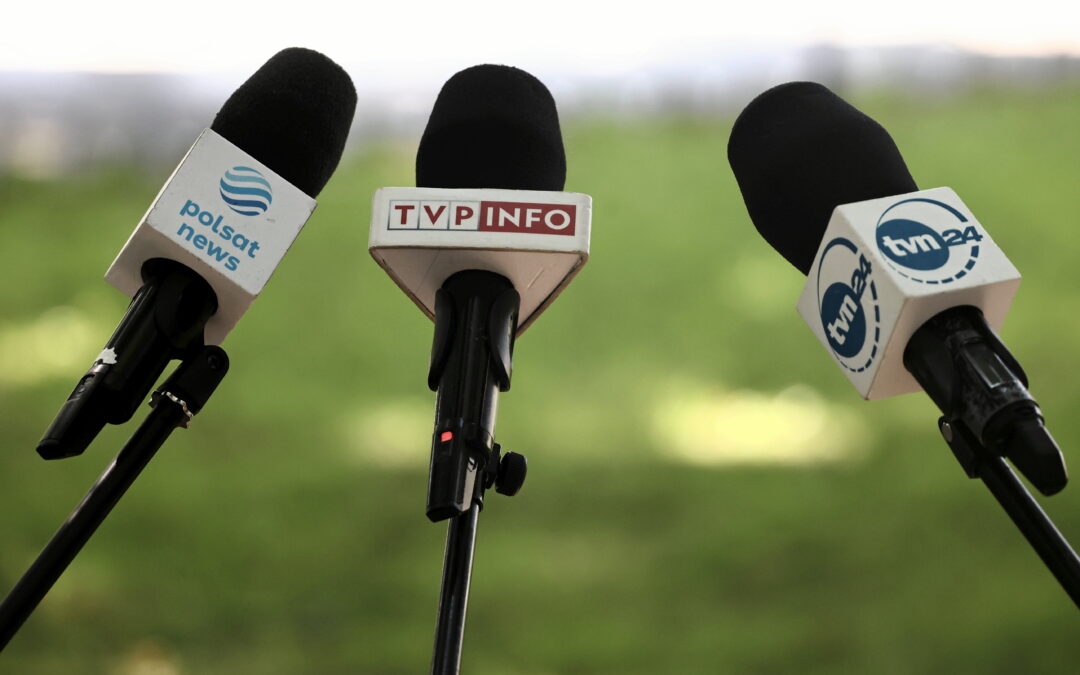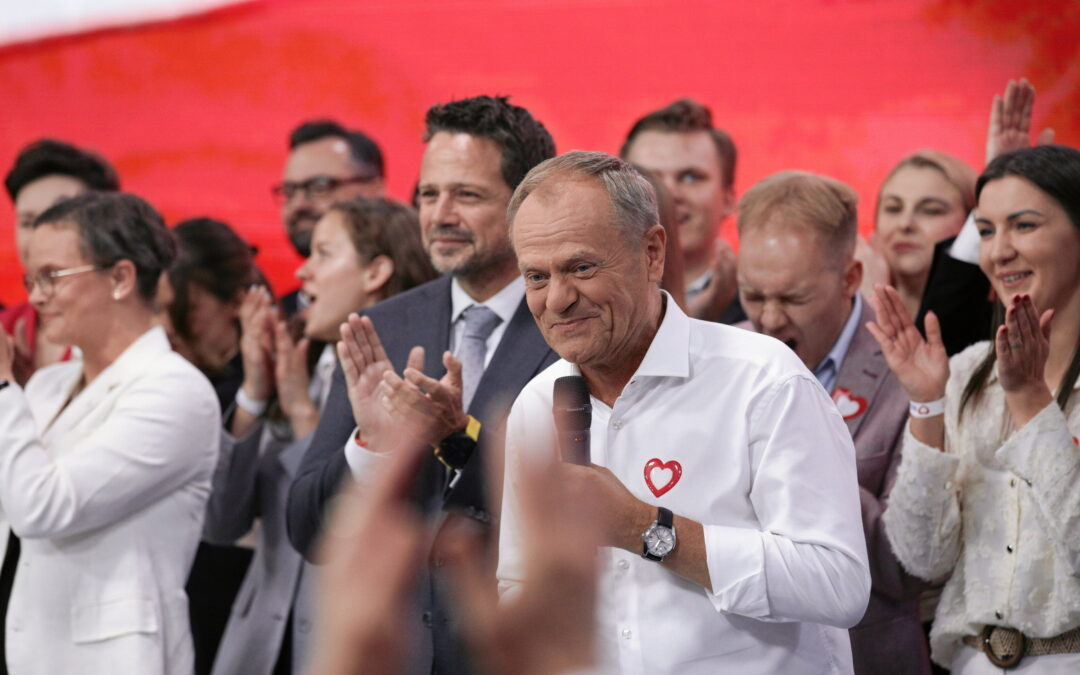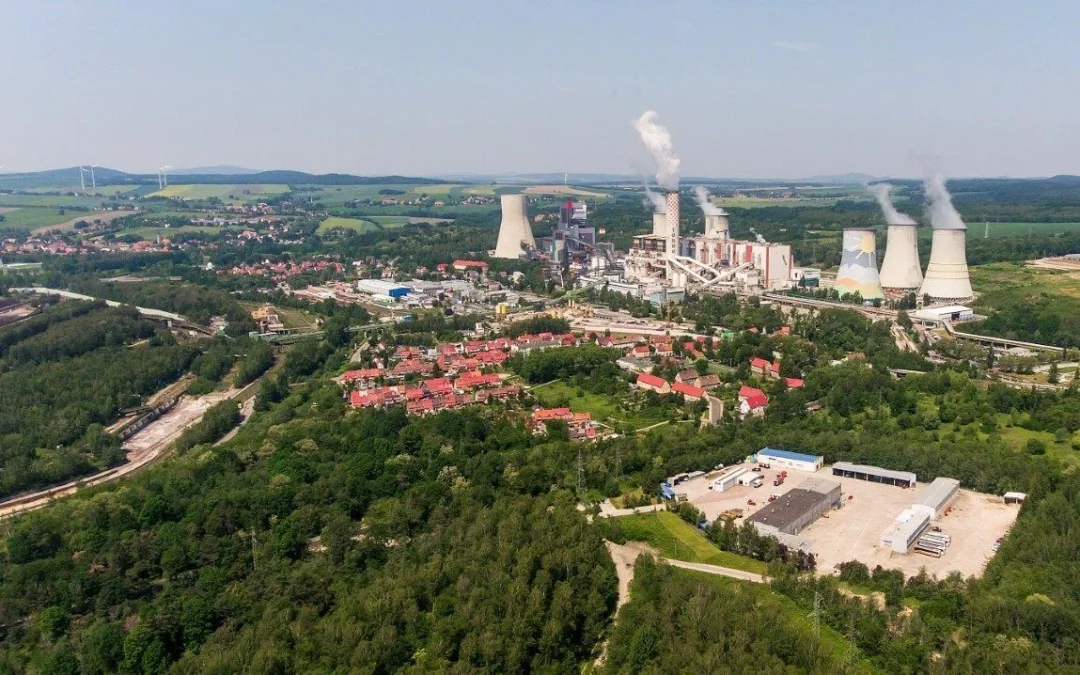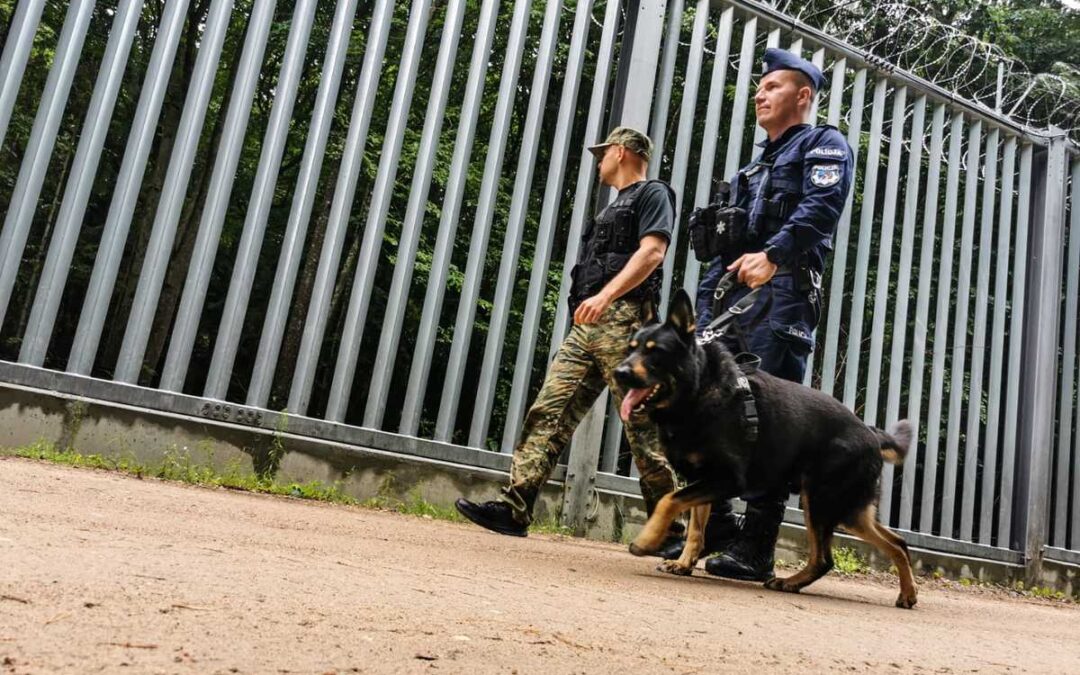State broadcaster TVP is seen as the least objective source of news among Poland’s main TV stations, according to a new poll.
Meanwhile, a media monitoring service has found that, amid campaigning for this month’s European elections, almost 90% of politicians appearing on TVP’s main evening news discussion show were from the ruling coalition and 100% of the guests were men.
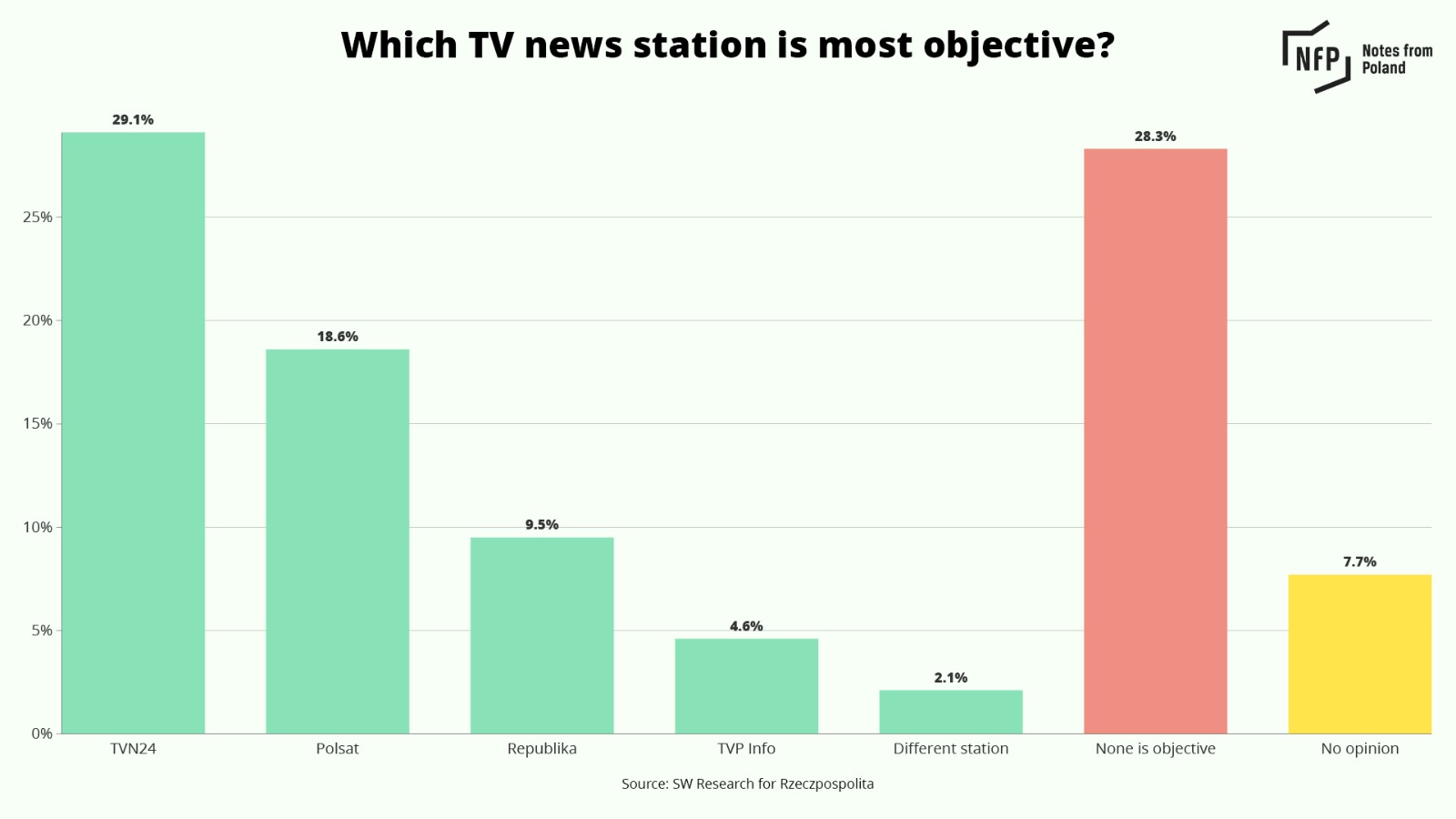
In a poll commissioned by Rzeczpospolita, a leading daily newspaper, SW Research asked respondents which TV news station they think is the most objective.
The most common answer was TVN24 (29.1%), part of Poland’s largest private broadcast network. In second place was Polsat News (18.6%), another private broadcaster.
These findings largely echo those of an annual study by the Reuters Institute for the Study of Journalism at the University of Oxford, which has found TVN and Polsat to be the two most trusted TV stations in Poland.
State broadcaster TVP remains Poland's least trusted major news source, finds an annual study by @risj_oxford, which notes that the station provides "skewed, pro-government coverage".
The most trusted outlets are RMF FM, Polsat, Radio Zet and TVN https://t.co/nhxEaj9lS0
— Notes from Poland 🇵🇱 (@notesfrompoland) June 15, 2023
At the other end of the scale, the news channels seen as least objective were TV Republika (9.5%), which is part of a right-wing media network, and TVP Info (4.6%), a 24-hour news channel run by the state broadcaster.
Public media in Poland have long been under the influence of whichever parties are in power. However, that bias was taken to an unprecedented level under the rule of the national-conservative Law and Justice (PiS) party between 2015 and 2023, when TVP was used to produce PiS propaganda.
The new government – a more liberal coalition led by Donald Tusk – that took power in December promised to “depoliticise” public media. It immediately carried out a controversial takeover of state-owned outlets with the aim of purging PiS’s influence.
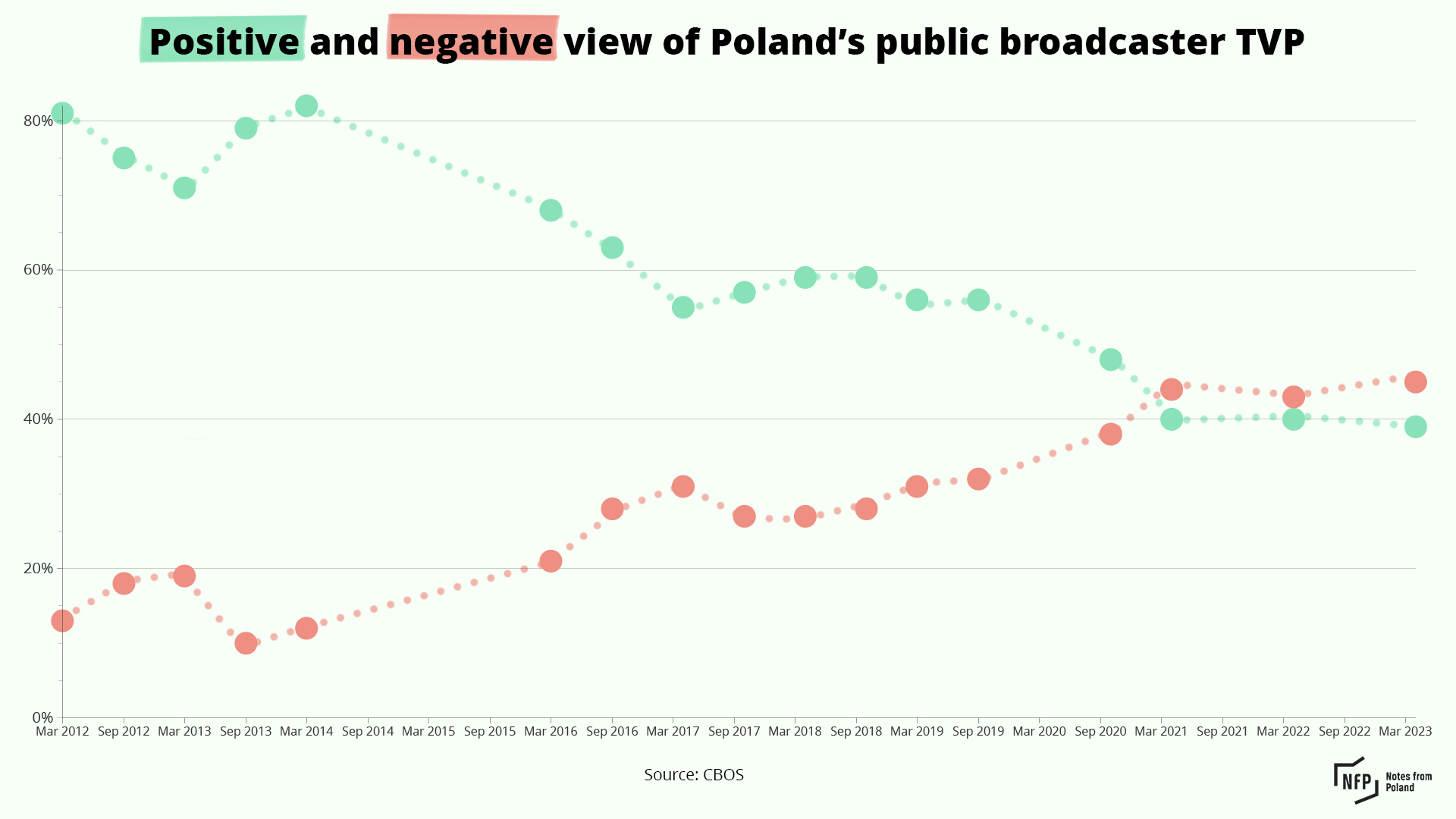
However, since then evidence has suggested that the previous bias in favour of PiS has simply been replaced by a new bias in favour of Tusk’s coalition. A report published last week by Demogag – a leading media-monitoring and fact-checking service – has offered further proof of this.
Demagog analysed which guests appeared on news discussion shows on TVP, TVN and Polsat during the month of May, when parties were campaigning for the 9 June European elections.
On TVP’s Pytanie Dnia, which appears immediately after the main evening news broadcast, 89.5% of guests came from the ruling coalition while only 10.5% came from the opposition. That is despite the government having 54% of seats in parliament and the opposition 46%.
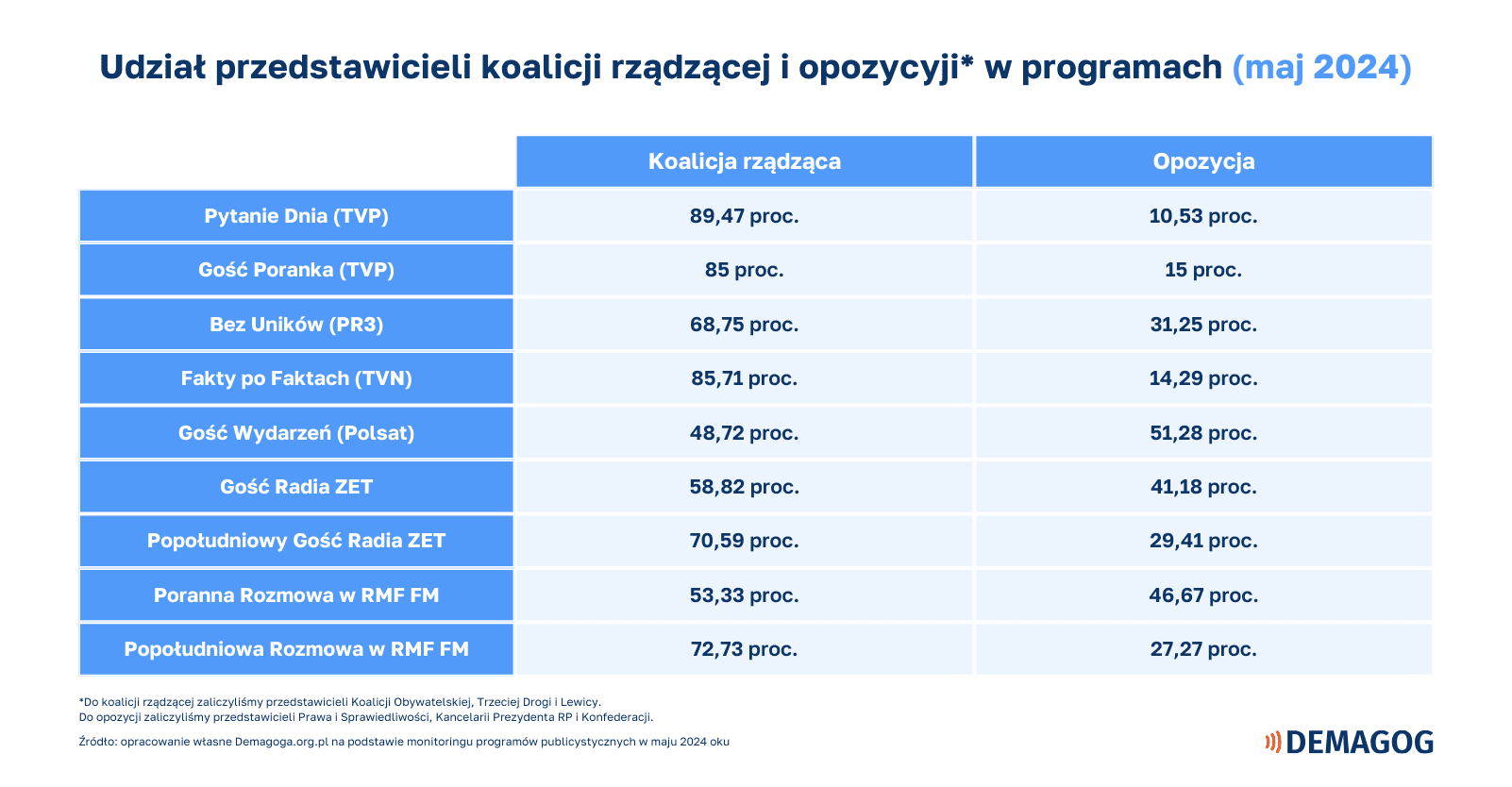
The proportion of guests from the ruling coalition (koalicja rządząca) and the opposition (opozycja) on the main political discussion shows on leading TV and radio stations
TVN, which is seen as having a liberal bias, had similar figures, with 86% of guests on its Fakty po Faktach post-news shows being from the ruling coalition and 14% from the opposition.
Polsat was the most balanced of the three main TV stations, with 49% of guests on its Gość Wydarzeń coming from the ruling coalition and 51% from the opposition.
Meanwhile, 100% of the guests TVP featured on Pytanie Dnia were men, compared to 73% on TVN’s Fakty po Faktach and 83% on Polsat’s Gość Wydarzeń. For comparison, 30% of members of the Sejm, the more powerful lower house of Poland’s parliament, are women.
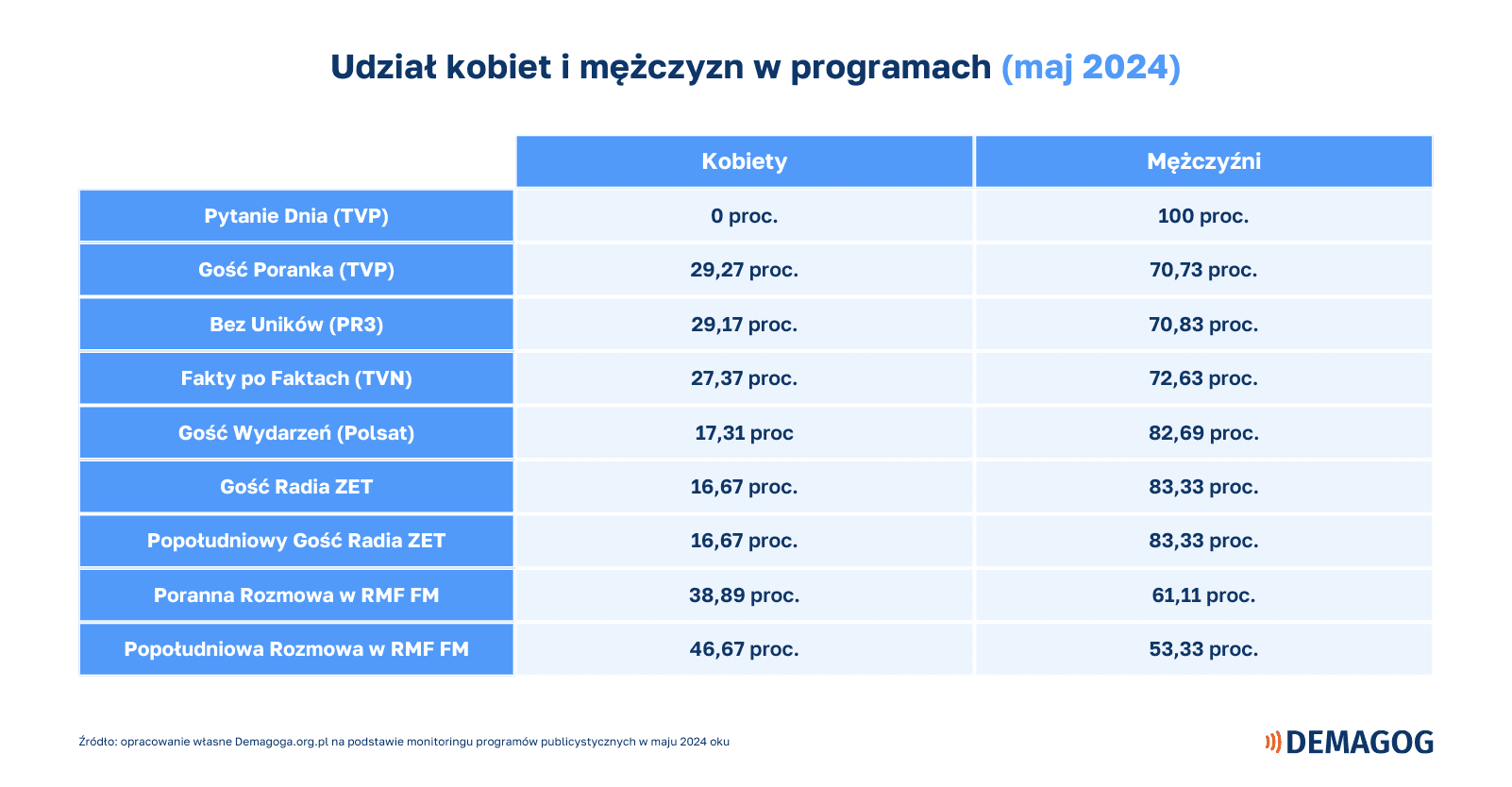
The proportion of women (kobiety) and men (mężczyźni) on the main political discussion shows on leading TV and radio stations

Notes from Poland is run by a small editorial team and published by an independent, non-profit foundation that is funded through donations from our readers. We cannot do what we do without your support.
Main image credit: Jakub Porzycki / Agencja Wyborcza

Daniel Tilles is editor-in-chief of Notes from Poland. He has written on Polish affairs for a wide range of publications, including Foreign Policy, POLITICO Europe, EUobserver and Dziennik Gazeta Prawna.
